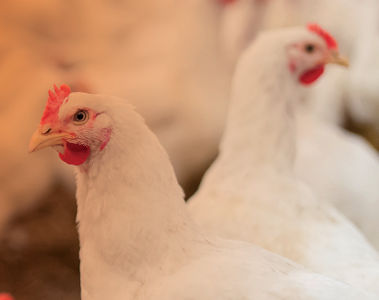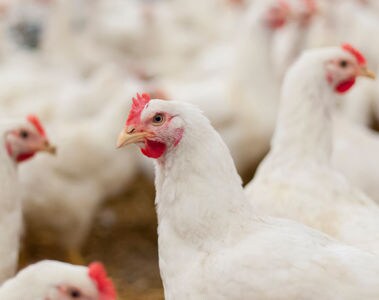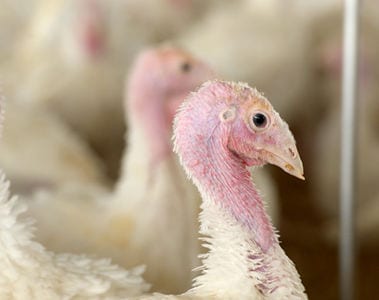Bessière, P., Figueroa, T., Coggon, A., Foret-Lucas, C., Houffschmitt, A., Fusade-Boyer, M., Dupré, G., Guérin, J., Delverdier, M., & Volmer, R. (2021). Opposite outcomes of the within-host competition between high- and low-pathogenic H5N8 avian influenza viruses in chickens compared to ducks. Journal of Virology, 96.
Charostad, J., Zadeh Rukerd, M. R., Mahmoudvand, S., Bashash, D., Hashemi, S. M. A., Nakhaie, M., & Zandi, K. (2023). A comprehensive review of highly pathogenic avian influenza (HPAI) H5N1: An imminent threat at doorstep. Travel Medicine and Infectious Disease, 55, 102638.
Di Pillo, F., Jimenez-Bluhm, P., Baumberger, C., Marambio, V., Galdames, P., Monti, G., Schultz-Cherry, S., & Hamilton-West, C. (2020). Movement restriction and increased surveillance as efficient measures to control the spread of highly pathogenic avian influenza in backyard productive systems in Central Chile. Frontiers in Veterinary Science, 7, Article 424.
Lee, D. H., Criado, M. F., & Swayne, D. E. (2021). Pathobiological origins and evolutionary history of highly pathogenic avian influenza viruses. Cold Spring Harbor Perspectives in Medicine, 11(2), a038679.
Rcheulishvili, N., Papukashvili, D., Liu, C., Ji, Y., He, Y., & Wang, P. (2022). Promising strategy for developing mRNA-based universal influenza virus vaccine for human population, poultry, and pigs – focus on the bigger picture. Frontiers in Immunology, 13, 1025884.
USDA-APHIS. (2022a). 2022 HPAI in commercial and backyard flocks. Available at: https://www.aphis.usda.gov/aphis/ourfocus/animalhealth/animal-disease-information/avian/avian-influenza/hpai-2022/2022-hpai-commercial-backyard-flocks.
USDA-APHIS. (2022). Protect your poultry from avian influenza. Available at: https://www.aphis.usda.gov/publications/animal_health/bro-protect-poultry-from-ai.pdf.


